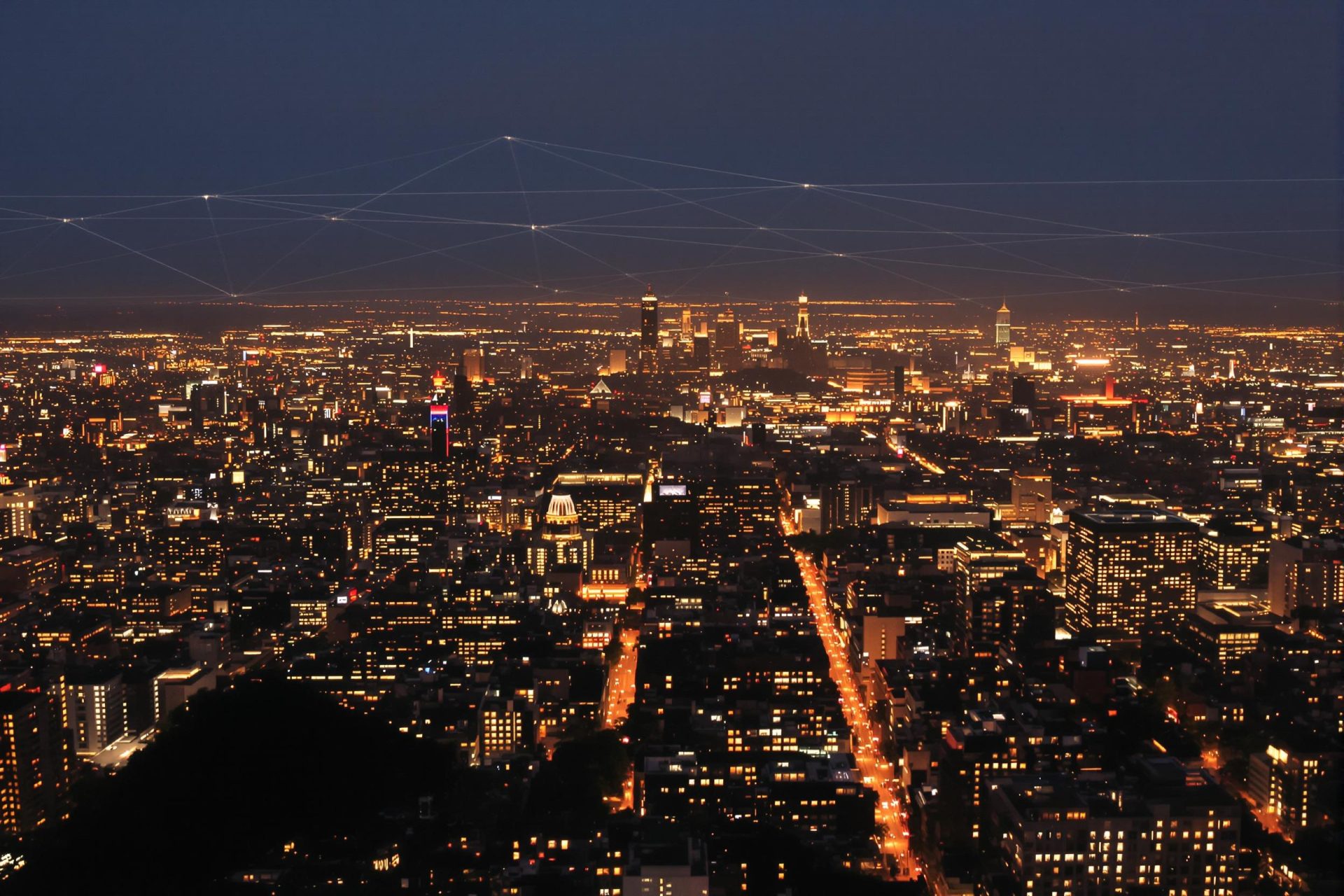Key Takeaways
- Model Context Protocol (MCP) is a new open standard enabling AI models to securely use external tools and data.
- Think of it as a “USB port for AI,” simplifying how AI communicates with different applications.
- Major tech companies are adopting MCP to automate tasks like scheduling, file access, and messaging.
- It aims to make AI more practical by streamlining workflows and improving productivity.
- While MCP is evolving, it holds significant promise for smarter, more integrated AI solutions.
A new technology called Model Context Protocol, or MCP, is making waves in the tech world. According to insights from Classmethod, this open standard was introduced by Anthropic in November 2024 to change how AI interacts with the digital world.
MCP’s goal is to let large language models (LLMs) safely and efficiently connect with external tools and data sources. It’s often described as the “USB port of AI” because it standardizes communication between AI clients and various tools, much like USB does for devices.
This standardization means developers don’t need to build custom integrations for every single AI application and tool. One common “language” simplifies the entire process.
So, what can MCP actually do? Imagine an AI assistant like ChatGPT or Claude able to do more than just chat. With MCP, these AIs could access your local files, schedule meetings in your Google Calendar, or even post messages to Slack, all by understanding your natural language commands.
For instance, as demonstrated in a webinar discussed by Classmethod, an AI integrated with Slack and Google Calendar via MCP could automatically find and post a user’s available meeting times. This is incredibly useful for coordinating with external partners, saving time and reducing errors by eliminating manual data handling.
Under the hood, MCP defines a uniform way for AI tools (MCP clients) to connect with different services (MCP servers). This universal protocol means less custom coding and more efficiency.
Without such a standard, each AI tool would need unique integration code for every service it connects to. MCP streamlines this, allowing one integration to support all MCP-compatible clients.
It’s no surprise then that developers and major tech companies, including AWS, GitHub, LINE, and Microsoft, are embracing MCP. They see its potential to significantly streamline AI-driven workflows.
Real-world applications are already emerging. AI can automate routine tasks like posting Slack updates or generating reports. It can even assist in designing user interfaces when connected to tools like Figma through MCP servers. Companies can also use MCP to make their product information more easily searchable and support-friendly via AI interfaces.
Looking ahead, the vision for MCP extends even further. In early 2025, Google proposed a broader concept of “Agent-to-Agent Protocols.” This would enable different AI agents to collaborate—one AI might forecast demand while another manages inventory orders, with MCP acting as the crucial communication backbone.
However, MCP is still an evolving technology. Challenges include potential slowness in complex, multi-step toolchains and security considerations with local installations, such as managing permissions or storing credentials.
Solutions like Remote MCP and stronger authentication methods are actively being developed to address these issues. Despite these hurdles, MCP is a promising step towards bridging the gap between AI capabilities and practical, real-world tool usage.
By enabling flexible, natural language-driven interactions, MCP is poised to significantly improve productivity and pave the way for more intelligent and seamless automation in the future.



